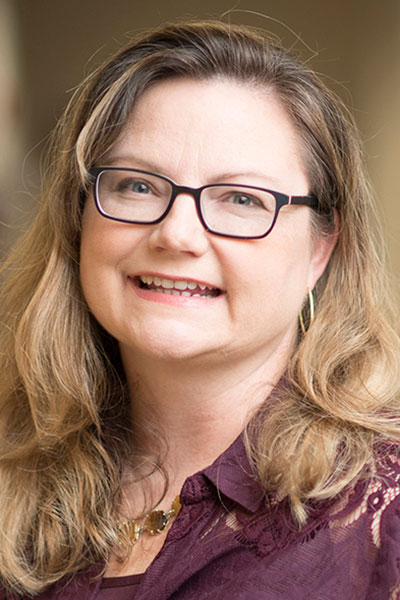
Radiation therapy for breast cancer is changing. Spurred by advances in lung, prostate, and other cancers, radiation oncologists are bringing new technologies and techniques to the treatment of primary and metastatic breast cancers.
“There has been a lot of progress in minimizing radiation dose to the heart, reducing doses overall, improving toxicity, even stepping into the metastatic space,” said Wendy A. Woodward, MD, PhD, Professor and Chief of Clinical Breast Radiotherapy, The University of Texas MD Anderson Cancer Center. “We are starting to think about being almost surgically precise in obliterating some disease foci.”
Dr. Woodward will moderate State of the Art Radiotherapy: Reducing Toxicity and Increasing Options on Friday, December 9, from 3:00 pm – 5:00 pm CT in Stars at Night Ballroom 3&4. Presenters will explore VMAT, IMRT, SBRT, and other bits of the alphabet soup that is radiation therapy today and their impact for both patients and clinicians.
“Some treatment decisions in radiation therapy are akin to deciding whether to do a lumpectomy or mastectomy in the surgical world,” Dr. Woodward explained. “Clinicians don’t want patients to get lost in the weeds, but there are some clear distinctions in approach that can help everyone take an active role in treatment discussions. We want to make sure we are getting the patient voice in these discussions. Part of that is making sure patients and clinicians have a clear understanding of what is going on behind the scenes.”
Melissa P. Mitchell, MD, PhD, Associate Professor of Radiation Oncology at MD Anderson, will teach the basics of the state of the art in breast cancer radiotherapy for patients and oncologists. In addition to new technologies, new approaches such as breath holding to move the heart away from the chest wall can help minimize cardiac toxicity and improve outcomes. VMAT, volumetric-modulated arc therapy, and IMRT, intensity-modulated radiation therapy, are two of the newest approaches in breast cancer. What are the pros and cons?
Rachael Jimenez, MD, Chair of Radiation Oncology Quality and Safety, Massachusetts General Hospital and Assistant Professor of Radiation Oncology, Harvard Medical School, will discuss radiotherapy technologies moving into clinical use, what data and trials are developing around novel treatments including protons, and what data can guide the use of advanced technologies in breast cancer.
“There are multiple strategies to minimize and avoid exposing the heart to radiation,” Dr. Woodward said. “We are seeing increasing use of these strategies, not just for left-sided breast cancers but also for more advanced right-sided cancers. There is an accruing trial in proton therapy that promises to reduce heart exposure to almost zero.
“A new technique called flash radiotherapy is capturing attention across the radiotherapy community. The idea is to deliver a full dose of radiation within one second, giving you the advantage of tumor kill with much, much less toxicity. The first-in-human trial was just published, but it is something emerging that all breast cancer clinicians should know about.”
Chiaojung Jillian Tsai, MD, PhD, Director of Metastatic Disease Radiation Oncology Clinical Research, Memorial Sloan Kettering Cancer Center, will discuss another new approach, SBRT, stereotactic body radiation therapy, for metastatic lesions. SBRT can be effective for isolated metastatic lung and prostate lesions and shows promise in breast cancer trials.
“We need to improve patient accrual to breast cancer trials, especially when it comes to radiating metastatic lesions,” Dr. Woodward said. “There is also massive interest in immunotherapy and radiation and in preoperative radiation. You have radiation before surgery, then do breast reconstruction at the time of surgery to collapse the whole treatment timeline by 6 months or a year. Radiation therapy has moved beyond what many patients and medical oncologists are aware of. We want to make sure they have the information they need to participate meaningfully in conversations about radiation therapy.”

